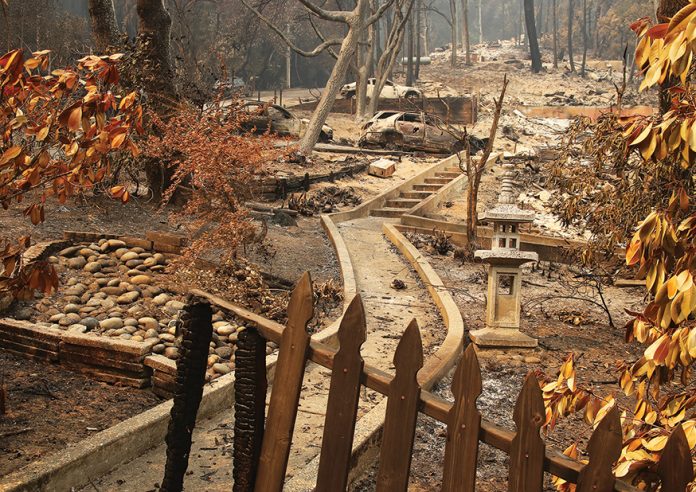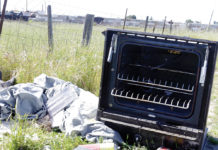
Four major fires throughout the Central Coast and greater Bay Area have destroyed at least 1,055 structures, various Cal Fire agencies announced Saturday morning.
The SCU Lightning Complex, the River Fire, the Carmel Fire and the CZU August Lightning Complex have chewed through 513,305 acres in 10 counties. They have also forced tens of thousands of residents to evacuate their homes over the last two weeks.
Several of those evacuations had lifted by Saturday morning. All Monterey County residents ordered to flee their property because of the River and Carmel fires were allowed to repopulate, as firefighters continued to make headway in both of those battles.
Many residents on the outskirts of the SCU fire were also allowed to return home, though the heart of the 374,000-acre blaze centered near a mesh point of Santa Clara, Alameda, Stanislaus and San Joaquin counties still remained off-limits. That fire is the second-largest ever recorded in the state’s history—it has swapped positions with the ongoing LNU Lightning Complex burning in Napa, Sonoma, Solano, Yolo and Lake counties over the last week—and has scorched mostly uninhabited land.
That has not been the case with the CZU Lightning Complex. That fire has charred 83,335 acres as of Saturday morning and flattened nearly 900 structures—all but 11 of them in Santa Cruz County. That includes at least 620 residences, the majority of which are in and around the Santa Cruz Mountain towns of Boulder Creek and Bonny Doon. The County of Santa Cruz created an interactive damage assessment map to track the devastation.
Those numbers, which Cal Fire has said will continue to increase as it pushes further into the fire zone, make it the 15th most destructive fire the state has ever recorded.
The County of Santa Cruz on Saturday opened Kaiser Permanente Arena—the home of the Golden State Warriors’ G League affiliate—as a resource center where county residents impacted by the fire can find assistance from federal, state and local agencies and various nonprofits. That center at 140 Front St. in Santa Cruz is open daily from 11am to 7pm.
Residents impacted by any California wildfire are also urged to register with the Federal Emergency Management Agency and the U.S. Small Business Administration to receive federal disaster assistance.
Some residents of Santa Cruz and San Mateo counties were also allowed to repopulate over the last 48 hours. CZU fire evacuation orders lifted for the UC Santa Cruz campus, the city of Scotts Valley and various communities in the southeastern portion of Santa Cruz County. Much of the areas of San Mateo County affected by the fire evacuations have also been allowed to repopulate.
Gov. Gavin Newsom in a Friday afternoon press conference said there were some 14,600 firefighters battling fires across the state. There have been seven recorded fatalities, Newsom said.
Saturday morning numbers:
- 347,471 acres
- 40% contained
- 53 structures destroyed
- 1,991 personnel
- 48,732 acres
- 76% contained
- 30 structures destroyed
- 954 personnel
- 6,767 acres
- 81% contained
- 73 structures destroyed
- 274 personnel
- 83,335 acres
- 29% contained
- 899 structures destroyed
- 2,105 personnel












